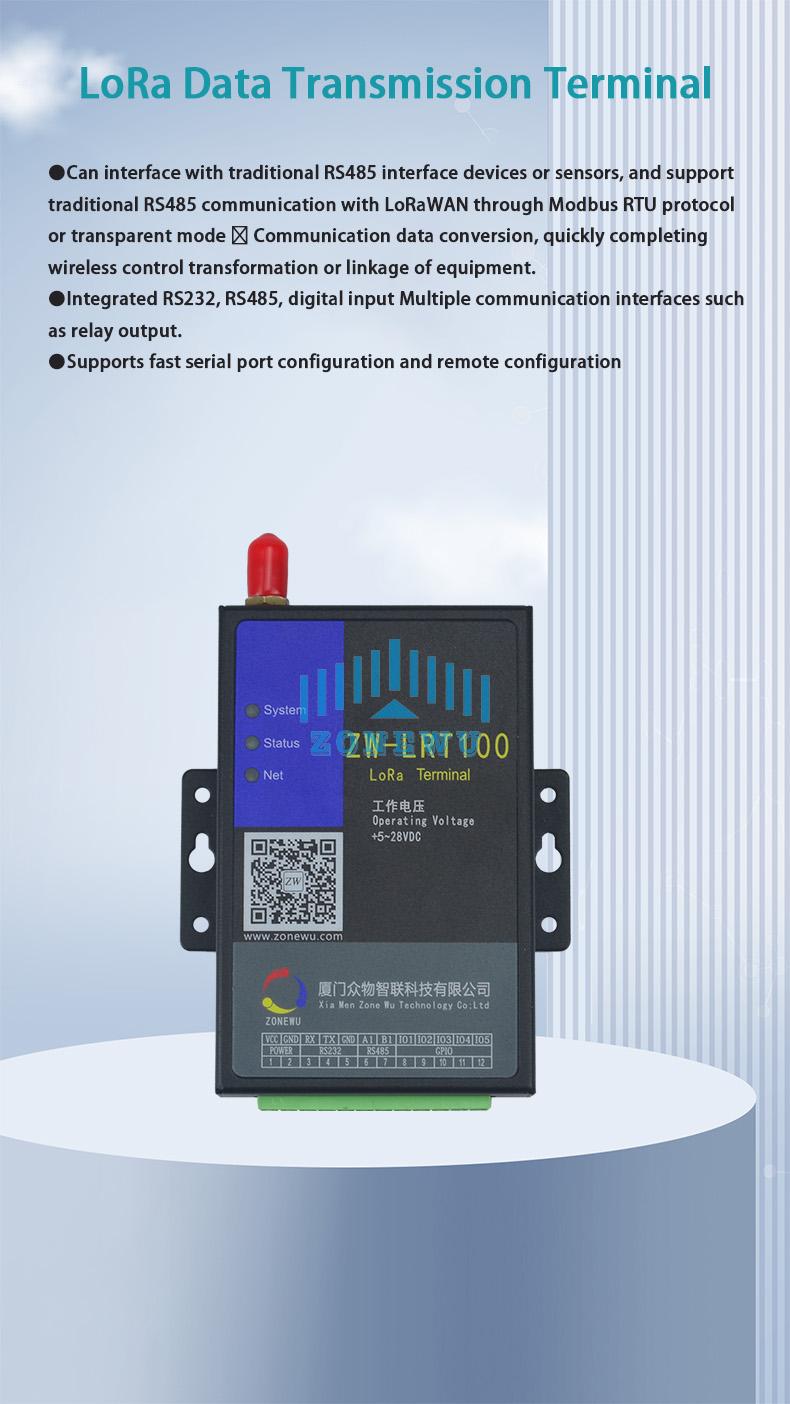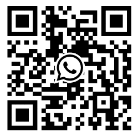Expanding a project (or product) scale has never been easy. However, for the cellular wireless IoT deployment, the growth challenge is particularly daunting.
why? Because you cannot expand your wireless iot deployment without adding complexity. Complexity expands with the Internet of Things, increasing with every new device, every new carrier agreement, and every new customer for that service.
The key to a successful expansion of the Internet of Things is to address this complexity, and this effort often works in two main areas: device management and connection management.
In other words, the solution to complexity is to simplify IoT management —— is very feasible for today's IoT operators, managed service providers (MSP), device manufacturers, and anyone else trying to expand a wireless IoT project.
Here are three major sources of complexity due to the growth of the Internet of Things, and a simple solution that reduces costs, increases uptime, and (most importantly) improves customer satisfaction on a large scale.
Expanding iot complexity: Three challenges for the growth of the wireless Iot
To start an Iot project, you already have to find the right hardware, the right carriers, and the right technology stack to support field equipment.
But once the deployment expands, the cracks may begin to emerge. The first sign of trouble usually appears at your contact center. As the equipment began to fail on the field, support personnel began to be flooded by phone calls.
At this point, the challenges of growth begin to clearly emerge as —— is usually a combination of three pain points:
1. Hardware UI
When support people receive a call, their first step will be the hardware UI for the login device. Unfortunately, these platforms are not designed for technical support. The manufacturer's UI is an engineering center, full of complex features —— You actually need only 1% of it to solve the customer's problems.
This is the complexity that we refer to. Complex UI will often require upgrading work orders to secondary support, which increases the time, cost, and frustration of the resolution process.
This UI challenge will grow larger as your IoT device population expands. You introduce hardware from more manufacturers, which means employees have to handle multiple UIs, and each UI is more difficult to understand than the last.
If you are a hosting service provider, developing the business means managing more gateways, devices, and services for each customer. Each new product you offer increases the UI challenge and makes it more difficult to maintain customer satisfaction.
2. Operator relationship
The cellular network operates in the community. They are essentially pieced together. This means that every new area you extend to may need a new carrier agreement —— which brings all the complexity.
For example, if you have five carrier agreements, you must manage:
5 carrier platforms (causing issues similar to hardware UI challenges)
5 different bills (each requires verification, recording, and, of course, payment)
5 business relationships (handling changing services, updates, cost increases, etc.)
This is a heavy burden for the product manager or the MSP. Managing connections begin to take up most of your time, increasing the overall cost of your deployment. In other words, the complexity of the project may start to grow faster than the benefits of the upgrade.
3. Technical support personnel allocation
The more devices, the more problems. As your IoT deployment grows, you need to address more technical issues. In any case, this is the statistical probability. It is becoming increasingly difficult to achieve perfect staffing levels and keep costs controllable at your contact center.
The first two challenges are also related to this challenge. As more hardware UI and carrier relationships need to handle, the number of calls that Level 1 employees can address will decrease. This means that the secondary support will receive more work orders, thus extending the resolution time and leading to more customer dissatisfaction.
Increasing deployment may also make your level 1 team a message receiver. Without the phone, all they can do is write the order and pass it on. This is an inefficient operational design, to say the least.
However, the good news about these three complex sources is that you can solve all the problems with the same solution: the Internet of Things remote management platform.
Remote Management Software (RMS) for Iot Devices and Connections
The right Remote Management Software (RMS) platform allows you (and perhaps more importantly your customer service team) to access all of your deployed solutions in one place.(More precisely, it allows users to access all the systems you grant them permission to use; make sure to select the RMS that allows you to create different user profiles.)
Today's RMS technology enables authorized agents to fully understand each device at a given location. Users can view each hardware, evaluate performance, and identify common challenges. This feature enables level 1 customer service representatives to solve 95% of the problems that IoT service providers encounter.
In other words, RMS transforms your level 1 team from a simple work order creator to a powerful problem solver. It enables your secondary team to spend more time dealing with complex issues. Ultimately, it improves the uptime of the Internet of Things and makes customers more satisfied.
This is the equipment management aspect of the growth challenge. However, to really address the complexity problem, be sure to select the RMS platform that also provides connection management. Here are some features to note:
Single-window visibility of all endpoints connected
Supports SIM card and data plans from multiple carriers and multiple carrier eSIM
Clear indicators of data usage, current cost and estimated cost
Automate cost-saving operations such as excess alerts, scheduled updates, and failover SIM, card changes
Cost-optimization tools for wireless billing
Choose to get the connection or "BYOC" —— with a carrier service from the platform provider
By bundling connection management and device management into a single sign-on, you can replace complexity with simplicity. That's what today's wireless IoT operators need to scale up gracefully.

Contact: Qui
Phone: 18146178586
Tel: 18146178586
Email: qui@zonewu.com
Add: 1501-3, Building F03, Phase III, Software Park, Jimei District, Xiamen City, Fujian Province, China
